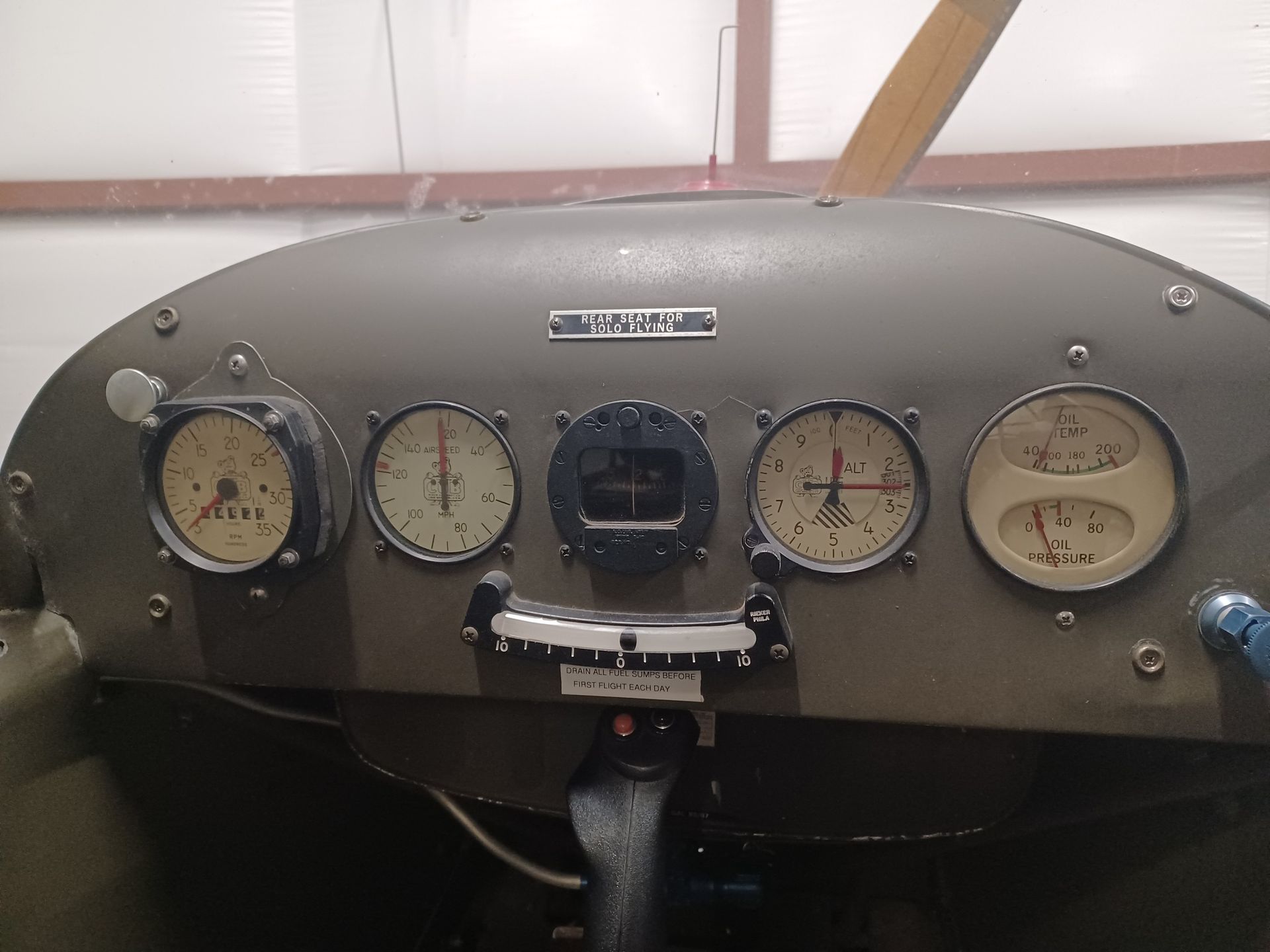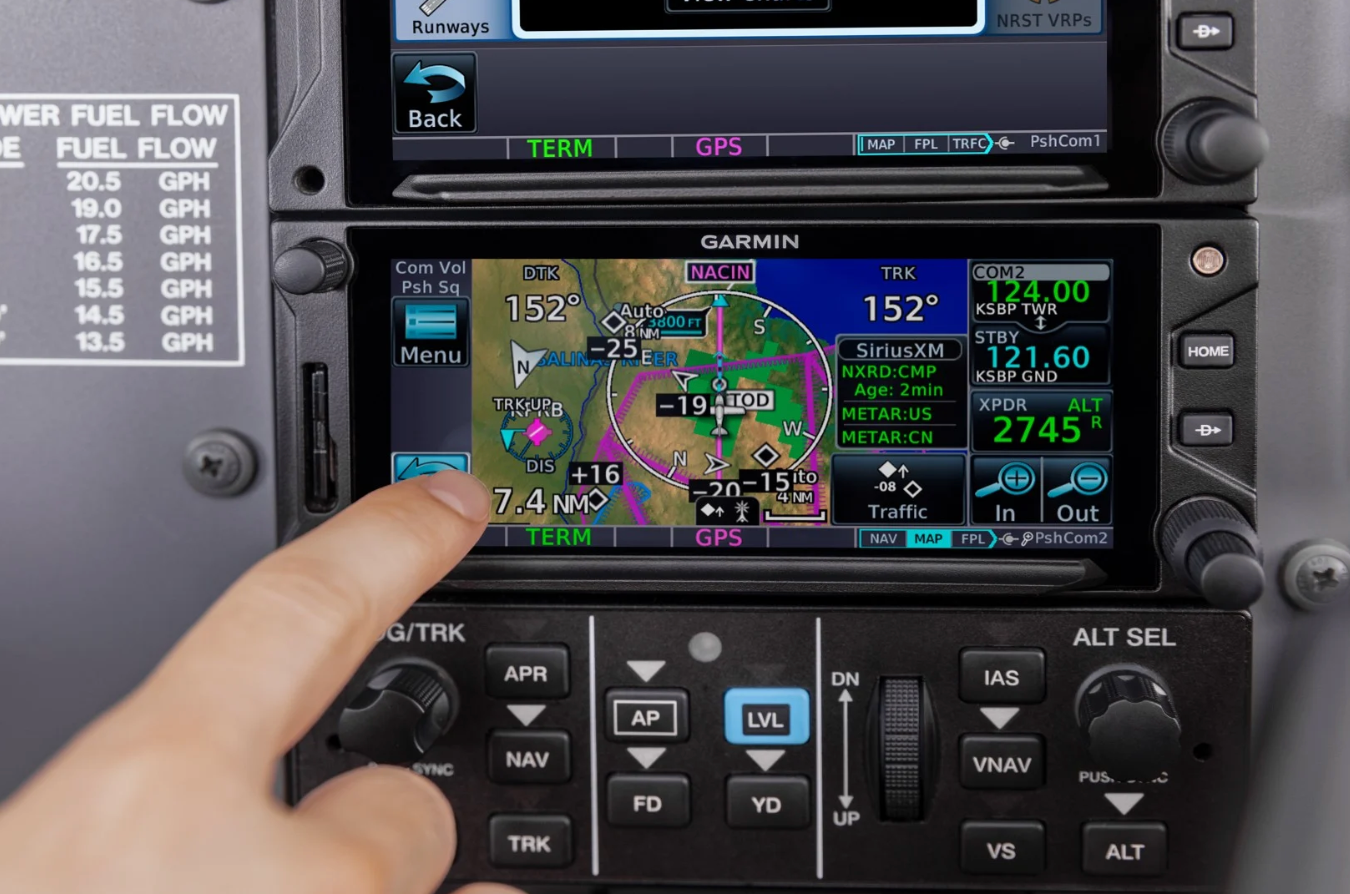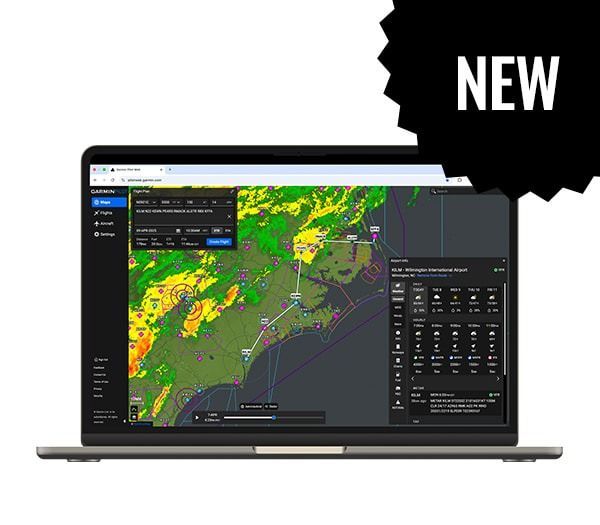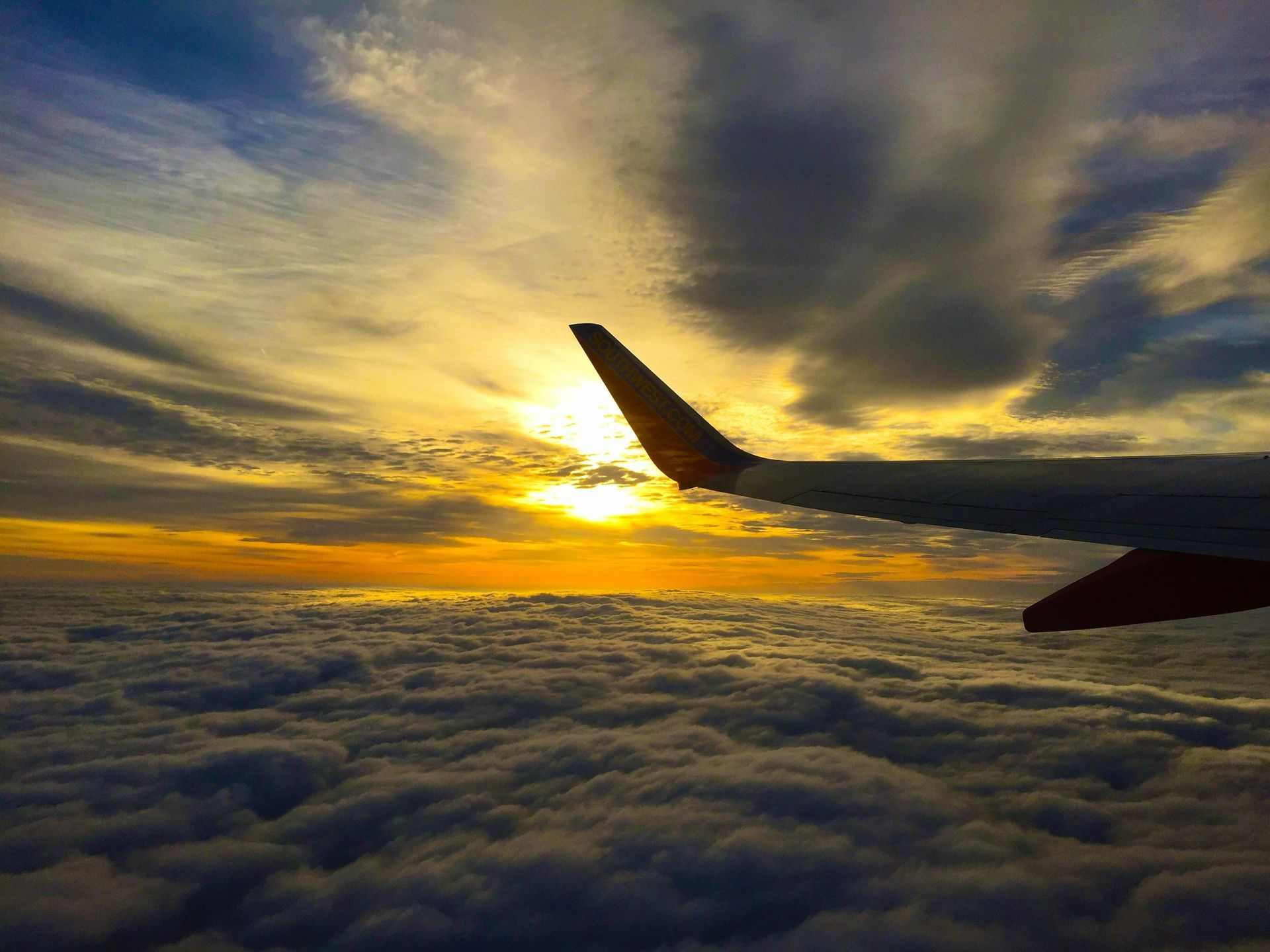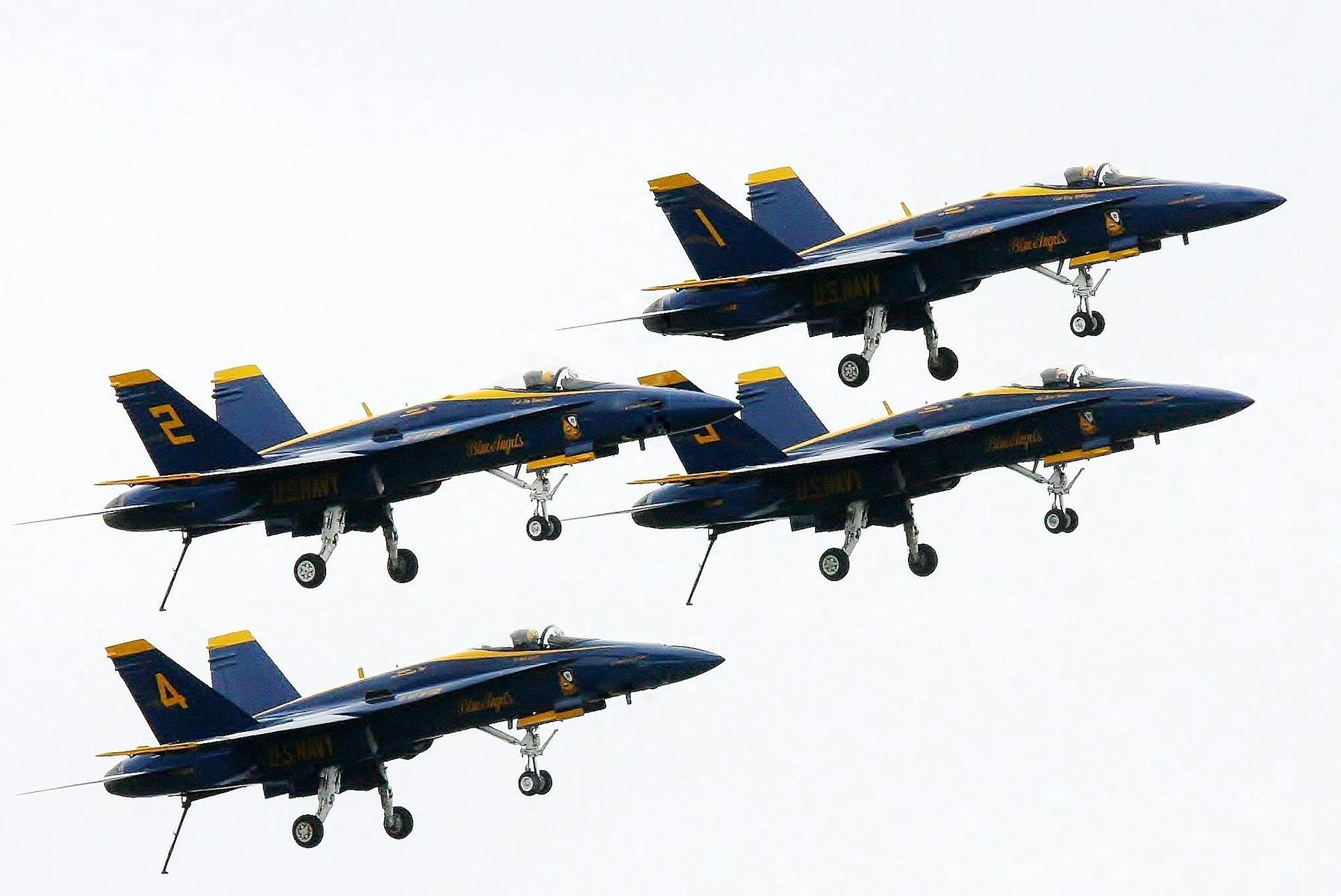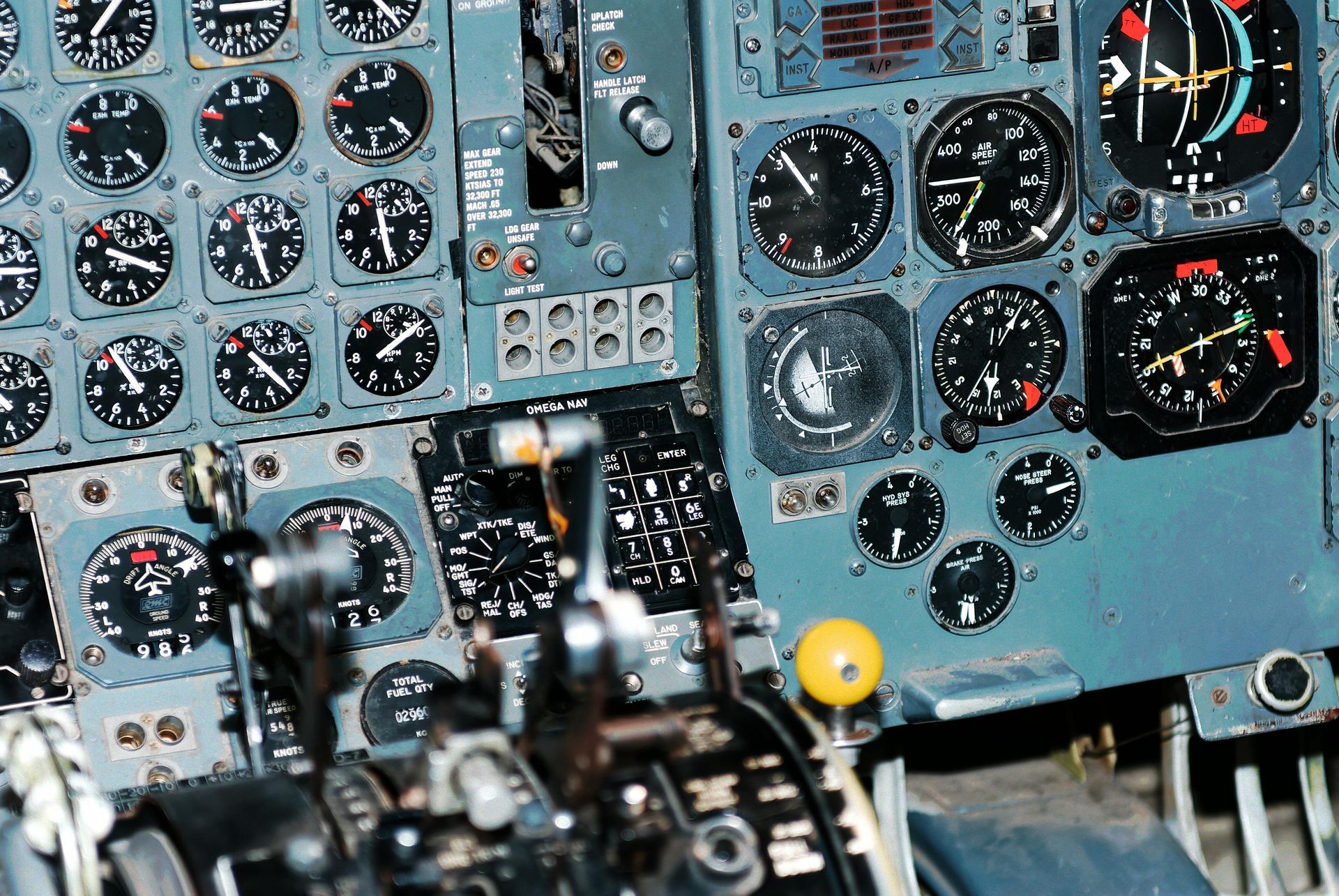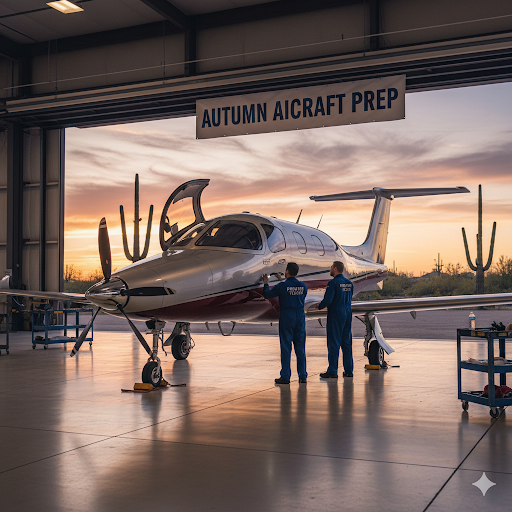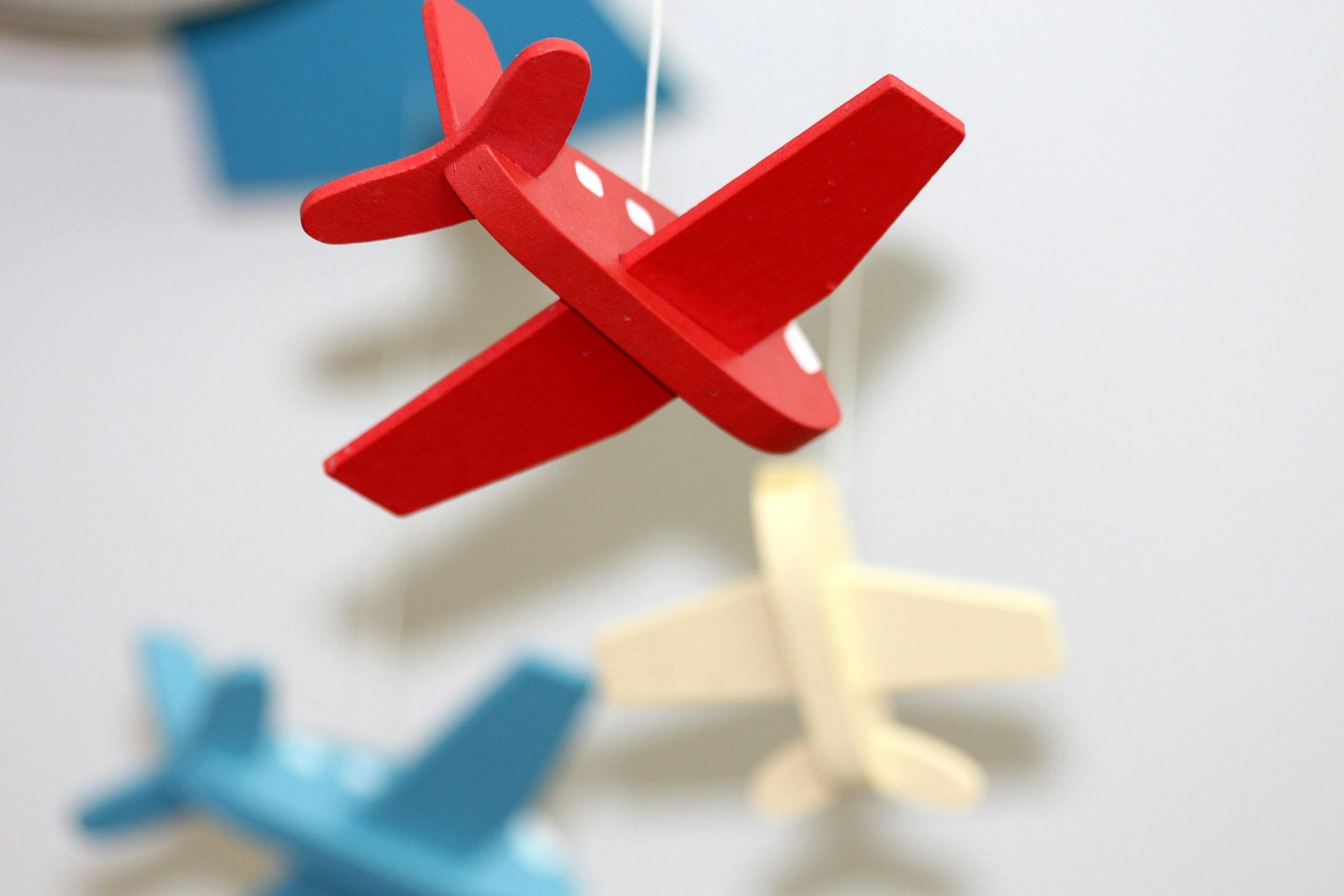Aircraft Corrosion: The Unseen Danger in AZ Skies
Aircraft Corrosion Control Services
In this article, you will learn:
- What aircraft corrosion is and why it's a serious threat.
- How Arizona's unique environment contributes to corrosion.
- The different types of corrosion affecting aircraft.
- The importance of regular inspections and maintenance.
- How Premier Aviation Tucson protects your investment from corrosion.
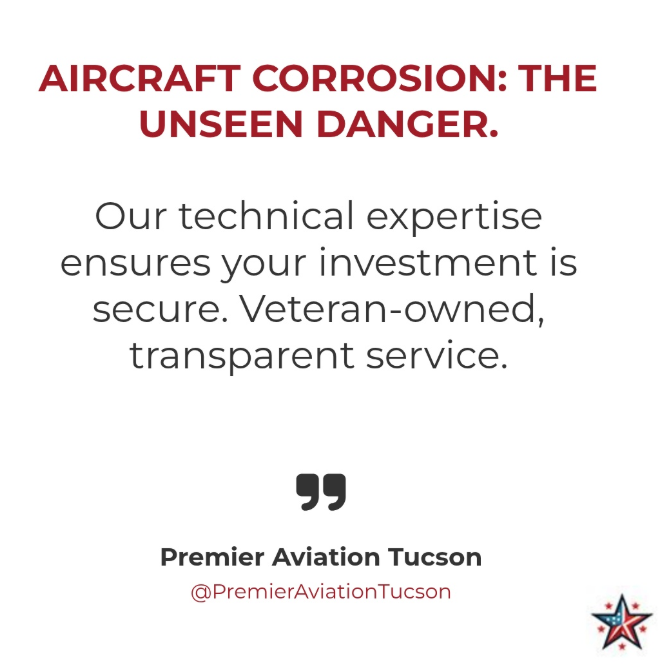
For aircraft owners and operators in Tucson and the surrounding Arizona areas, the clear blue skies are a familiar sight. However, an unseen enemy constantly threatens the integrity and safety of your aircraft: corrosion. Often underestimated, corrosion can lead to catastrophic failures if not detected and addressed promptly. At Premier Aviation Tucson, we understand the critical importance of combating this silent threat to ensure your safety and protect your investment.
What is Aircraft Corrosion and Why is it a Serious Threat?
Aircraft corrosion is the deterioration of a metal due to a chemical reaction with its environment. In simpler terms, it's rust on steel or aluminum, and it can affect virtually every part of an aircraft, from the skin and structural components to control surfaces and engine parts. The danger lies in its ability to weaken critical components, compromising the structural integrity of the aircraft and potentially leading to in-flight failures. Unlike a chipped paint job, corrosion can hide beneath the surface, silently eating away at vital parts.
How Arizona's Unique Environment Contributes to Corrosion
While Arizona is known for its dry heat, which might seem less conducive to corrosion than humid coastal areas, it presents its own unique set of challenges:
- Temperature Extremes: The significant temperature swings from day to night can lead to condensation, trapping moisture in crevices and hidden areas.
- Dust and Abrasives: Fine desert dust can abrade protective coatings, exposing raw metal to environmental elements. These particles can also absorb moisture, acting as localized corrosion accelerators.
- Chemical Exposure: Aircraft are exposed to various chemicals, including de-icing fluids (even if less common in AZ, transient aircraft may have been exposed), exhaust gases, and cleaning agents, all of which can contribute to corrosive reactions.
- Hidden Moisture: Despite the arid climate, moisture can accumulate in sealed compartments, fuel tanks, and under insulation, creating ideal conditions for corrosion to thrive.
The Different Types of Corrosion Affecting Aircraft
Understanding the types of corrosion helps in identification and treatment:
- Uniform Etch Corrosion: A direct chemical attack on a metal surface, resulting in a general thinning of the material.
- Pitting Corrosion: Localized corrosion that creates small holes or pits in the metal. This is particularly dangerous as a small pit can lead to significant stress concentration and failure.
- Galvanic Corrosion: Occurs when two dissimilar metals are in contact in the presence of an electrolyte (like moisture). The more active metal corrodes preferentially.
- Intergranular Corrosion: A severe form of corrosion that attacks the grain boundaries of an alloy. This can cause the metal to lose strength without much visible surface damage.
- Exfoliation Corrosion: An advanced form of intergranular corrosion where the corrosion products push up the surface metal, giving it a layered or "leafing" appearance.
- Stress Corrosion Cracking: A combination of tensile stress and a corrosive environment, leading to cracking of the metal.
- Fretting Corrosion: Occurs at the contact area between two surfaces under slight relative motion, leading to wear and oxidation.
The Importance of Regular Inspections and Maintenance
Proactive corrosion control is paramount. Regular, thorough inspections by experienced aviation technicians are the best defense. These inspections go beyond visual checks, often involving specialized tools and techniques to detect hidden corrosion.
Maintenance practices such as:
- Thorough Cleaning: Removing dirt, dust, and residues regularly.
- Application of Protective Coatings: Using specialized paints and sealants to create barriers against corrosive elements.
- Lubrication: Proper lubrication of moving parts can prevent fretting corrosion.
- Environmental Control: Storing aircraft in hangars when possible to reduce exposure to elements.
How Premier Aviation Tucson Protects Your Investment from Corrosion
At Premier Aviation Tucson, our team of certified A&P mechanics is highly skilled in identifying, treating, and preventing aircraft corrosion. We utilize industry-best practices and state-of-the-art equipment to provide:
- Comprehensive Corrosion Inspections: Detailed checks tailored to your aircraft type and environmental exposure.
- Expert Corrosion Treatment: Utilizing effective methods to remove corrosion and restore component integrity.
- Preventative Maintenance Programs: Developing strategies to minimize future corrosion risks.
- Structural Repairs: Addressing any damage caused by corrosion with precision and adherence to strict aviation standards.
Don't let the unseen danger of aircraft corrosion jeopardize your safety or your investment.
Important Article Takeaways:
Aircraft corrosion is a silent and relentless threat that demands constant vigilance, especially for aircraft operating in the unique Arizona environment. Understanding its causes and types, and committing to regular, professional inspections and maintenance, are crucial steps in mitigating its risks. Premier Aviation Tucson is dedicated to safeguarding your aircraft from this unseen danger, ensuring its airworthiness and longevity.
Contact Premier Aviation Tucson for any of your aviation repair needs.
Related Articles:
Learn more about Aircraft Corrosion prevention and treatment
Related Keywords and Hashtags:
- Aircraft corrosion
- Aviation maintenance Tucson
- Aircraft repair Arizona
- Corrosion control aircraft
- Aircraft inspection Tucson
- A&P mechanic Arizona
- Aircraft safety
- Metal fatigue aircraft
- Premier Aviation Tucson
- Aerospace corrosion
- Aircraft structural integrity
- Arizona aviation
- #AircraftCorrosion
- #AviationSafety
- #TucsonAviation
- #AircraftMaintenance
- #PremierAviation
- #A&PMechanic
- #AZAircraft
- #FlightSafety

